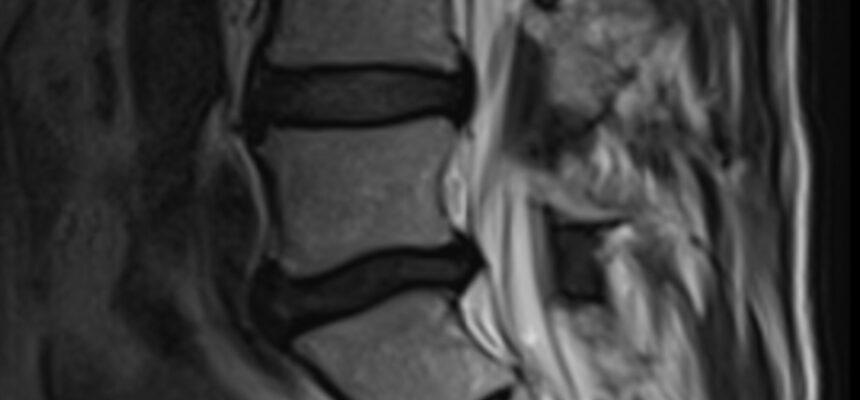Cauda Equina Syndrome (CES), a neurosurgical emergency that’s like a power outage in your spinal cord.
What Is Cauda Equina Syndrome?
- Imagine your spinal cord as a bustling city with nerve highways. At the very bottom, there’s a bundle of nerves shaped like a horse’s tail (hence the name “cauda equina”).
- CES happens when something squashes these nerves, like a tree limb falling on power lines. The result? Pain, weakness, and even incontinence.
Causes: The Culprits
- Herniated Disk: The most common villain. It’s like a rogue disk pressing on those poor nerves.
- Anatomical Characteristics: Picture the cauda equina as a delicate orchestra—any disruption can cause chaos.
Patient’s Complaints and Symptoms: The Drama Unfolds
- Lower Back Pain: The opening act. It’s like the ominous music before a storm.
- Leg Weakness: Our hero’s legs start feeling wobbly.
- Numbness and Tingling: The villain’s minions—burning, prickling, and tingling sensations.
- Incontinence: Oops, the bladder and bowels join the chaos party.
Clinical Signs: The Clues
- CES-I (Incomplete): Urgency and sensation loss—can’t feel the urge to pee or poop.
- CES-R (Complete): Urinary and/or bowel retention (can’t go) or incontinence (can’t stop going).
Mnemonic: “BLURP”
- Back pain
- Leg weakness
- Urinary/bowel dysfunction
- Retention or incontinence
- Paresthesia (tingling)
Treatment: Lights On!
- Surgery: Our superhero surgeons swoop in to decompress those nerves.
- Quick action = better outcome!
Clinical Case: Meet Blurp Harrolds
- Blurp Harrolds, 30, wakes up with intense back pain. Legs feel like noodles. Can’t pee. 🚨
- Rushed to the ER. Diagnosis: CES due to a herniated disk.
- Surgeons operate, nerves breathe a sigh of relief. Alex walks out, superhero cape optional.
Verified by Dr. Petya Stefanova
